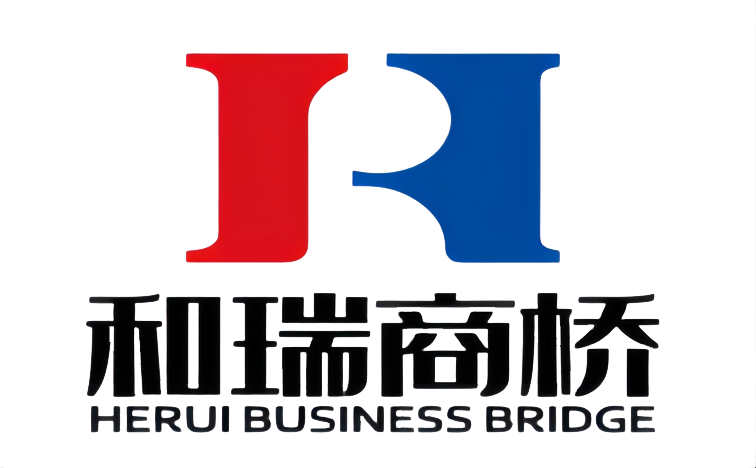Roman fabric is a four-way cycle, cloth surface is not ordinary double-sided cloth flat, slightly slightly not too regular horizontal. Fabric horizontal and vertical elasticity are better, but the transverse tensile performance is not as good as double-sided cloth, strong moisture absorption. Used for making close-fitting clothing, breathable, soft and comfortable to wear.
1. Roman
Roman cloth is a knitted fabric, weft knitted, made by a double-sided circular machine. Also known as ponte-de-roma,
2. Characteristics of Roman fabric
Roman cloth is a four-way cycle, cloth surface is not ordinary double-sided cloth flat, slightly slightly not too regular horizontal.
Roman cloth is not easy to stick to hair, ash, dirty and easy to wash! Elastic, feel diverse, can be soft, can be quite wide! Can meet different design needs! So it is mostly used for middle and high grade clothing, jacket, pants, coat and other categories.
Because the Roman cloth is relatively thick, the stop is smooth and not easy to take off the yarn, so many clothing styles use this excellent characteristic of the Roman cloth to do the design of raw edge! Let a simple clothes become rich design sense and features! But because Roman cloth elasticity is very good, generally contains 6 percent of spandex! The spandex yarn at the stop of the raw edge has been cut off. If it is stressed and twisted for a long time, the high temperature will cause the spandex yarn to age, break and shrink! Make clothing deformation can not be restored! Therefore, due to wearing and washing improper may make Roman cloth clothes rough edge mouth appear wavy effect!
3. Test and analysis
1. How do you disassemble Roman cloth
First disassemble one side, if you can’t disassemble the other side, (double-sided cloth reverse the direction of the ring is easy to disassemble, if along the direction of the ring, it will be more difficult to disassemble; One sided cloth is like sweatcloth, both sides are very easy to disintegrate) If you still can’t disintegrate, then here is a trick for you! The cloth is easily disassembled by cutting one side in the following manner
2. Distinguish between the front and back of the Roman cloth
Does Roman cloth have heads and tails?
Theoretically speaking, Roman cloth is no positive and negative distinguish, if only a small piece of cloth, it is difficult to identify the positive and negative, if there is a whole cloth sealed cloth, you can determine which side is the surface which side is the bottom according to the shape of the pinhole.
(Roman cloth) is dyed fabric, so there is a very clear color difference between the front and the back, the front and the back at a glance.
3. Density
The density of a knitted fabric is the number of transverse and longitudinal stitches within 1cm.
There are 14.5 coils (that is, the number of needle routes) in the sample cloth of 1cm, so the density of the sample cloth is 14.5. The density is related to the size of the circular machine and the number of needles selected when the machine is used.
4. Classification of raw materials
The main method used to identify yarn composition is combustion. Usually fabrics have polyester, polyester, viscose and other components.
Black as burning paper as viscose
The white yarn has continued burning, but less than 65T/35R, the initial judgment is 80T/20R (for reference only, please refer to the corresponding test standard for accurate identification).
Because the weaving method is a four-way cycle, the cloth surface is not as smooth as the ordinary double-sided cloth. The elasticity of the fabric is better horizontally and vertically, but the transverse stretch is not as good as the double-sided cloth. It is generally used as pants, sports and leisure jackets, which are breathable, soft, smooth, tight and comfortable to wear. Common ingredients are: polyester Roman cloth, DTY, FDY, T/R N/R N/C. The most common problem is the feel style area.
The dyeing and finishing process and process of 40sN/R Roman cloth: prepare cloth – air steaming – predetermined pattern – dyeing – cloth – drying – setting.
Dyeing process: This method is a one – or two-step common dyeing process. If the overflow requires high color fastness 6 minutes later, the overacid is discharged at 60° before washing the water and dyeing the acid, the fastness can be increased by about 0.5-1 level.
Styling process: 130°C air steaming — predetermined type 185°C*50m/min lower door width as required (specifically depending on the performance of the dye cylinder) gram weight pull light about 100 grams, after dyeing the cylinder dehydration cloth drying, drying process: 180°C maximum weight drying, adding silicone oil according to the required specifications of the finished product styling, two feel styles are as follows:
1. Smooth, tight feel:
KL837 dosage of 1%
KL817 dosage of 4%
KL811C dosage of 2%
If the cloth itself is too soft, appropriate stiffening agent can be added
2. Soft and smooth feel:
KL879T dosage of 3%
KL842T dosage of 2%
KL811N dosage of 1%
The common ones are 30s40s50s60s80s yarn, taking the 40s as an example, its components are mostly: 63% rayon cotton +32% nylon +5% spandex. There are two conventional feel styles: one is very smooth, tight and has a sense of bone. It is used as the pants 30s40s is the most, the square gram is about 400, the largest amount. Another kind of fluffy, soft and smooth for sports and leisure coat, common yarn knitted 50s60s80s, which weighs between 200 and 240 square grams. N/R Roman cloth general air cylinder dyeing, finishing, setting and air steaming to do 4 times, the equipment requirements are relatively high, the style mainly depends on the dyeing and setting process.
——————The article is from the Fabric class
Post time: Nov-07-2022







